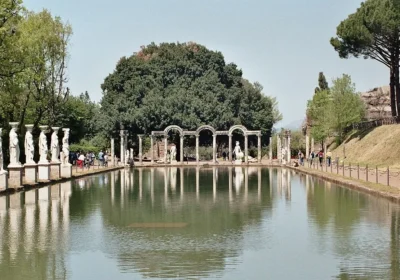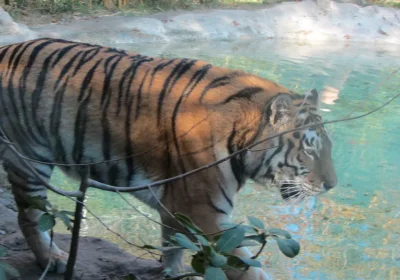Museo Ca’Rezzonico:
The 18th-century Museum of Art of Venice is housed in a magnificent palazzo built in the 17th century.
Paintings by Tintoretto, Piazzetto, Guardi, Longa, sculptures, carved furniture by the renowned cabinetmaker Andrea Brustolon, clothing and accessories, and furnishings such as crystal chandeliers, porcelain vases and mirrors are on display here.
And the interiors of the palace themselves are worthy of admiration: ceilings richly painted with frescoes and reliefs, geometric ornaments on the walls perfectly demonstrate the love of luxury that reigned in that era.
The peak of the Rezzonico family’s power was the election of Giambattista’s brother Carlo Rezzonico as Pope Clement XIII. It was in the Palazzo Rezzonico that the festivities in honour of the new pope took place.
The Venetian palace has long retained the imprint of its origins, that is, the features characteristic of a shop house. The building had two entrances: from the water and from the land. Goods arrived to the house by sea, they were immediately lifted into the main hall, where customers came. A little earlier, the main hall was used only for receptions and festivities. On the ground floor, on the sides of the entrance, were office and storage rooms. One floor above, on the sides of the main hall, were the living quarters of the owners of the house. The upper floor was occupied by servants and labourers. On the rear façade there was a courtyard with a well, which was accessed by an external staircase. Even when the Venetians ceased to be merchants, the palaces were still built for a long time in keeping with these traditions, which became typical of Venetian architecture.
The palace was begun by Baldassare Longhena for the noble family of Bon. In 1682 the architect died before the palace was completed: only two floors were built. In 1751 the palace was bought by Giambattista Rezzonico, a wealthy Lombard who had moved to Venice. Rezzonico commissioned Giorgio Massari to finish the palace, which was completed in 1756. Many famous artists took part in the decoration of the palace: Giambattista Croasto, Pietro Visconti, Giambattista Tiepolo, Jacopo Guarana, Gaspare Diziani. Massari completed the main façade according to Longhena’s design, and modified the rear façade with a lavishly decorated entrance, a magnificent grand staircase and an unusual ballroom for which the third floor was removed.
The entire façade is a spectacular interplay of dark and light, so characteristic of the Baroque.
Open all days except Tuesday, 24 December, 1 January, 1 May

















